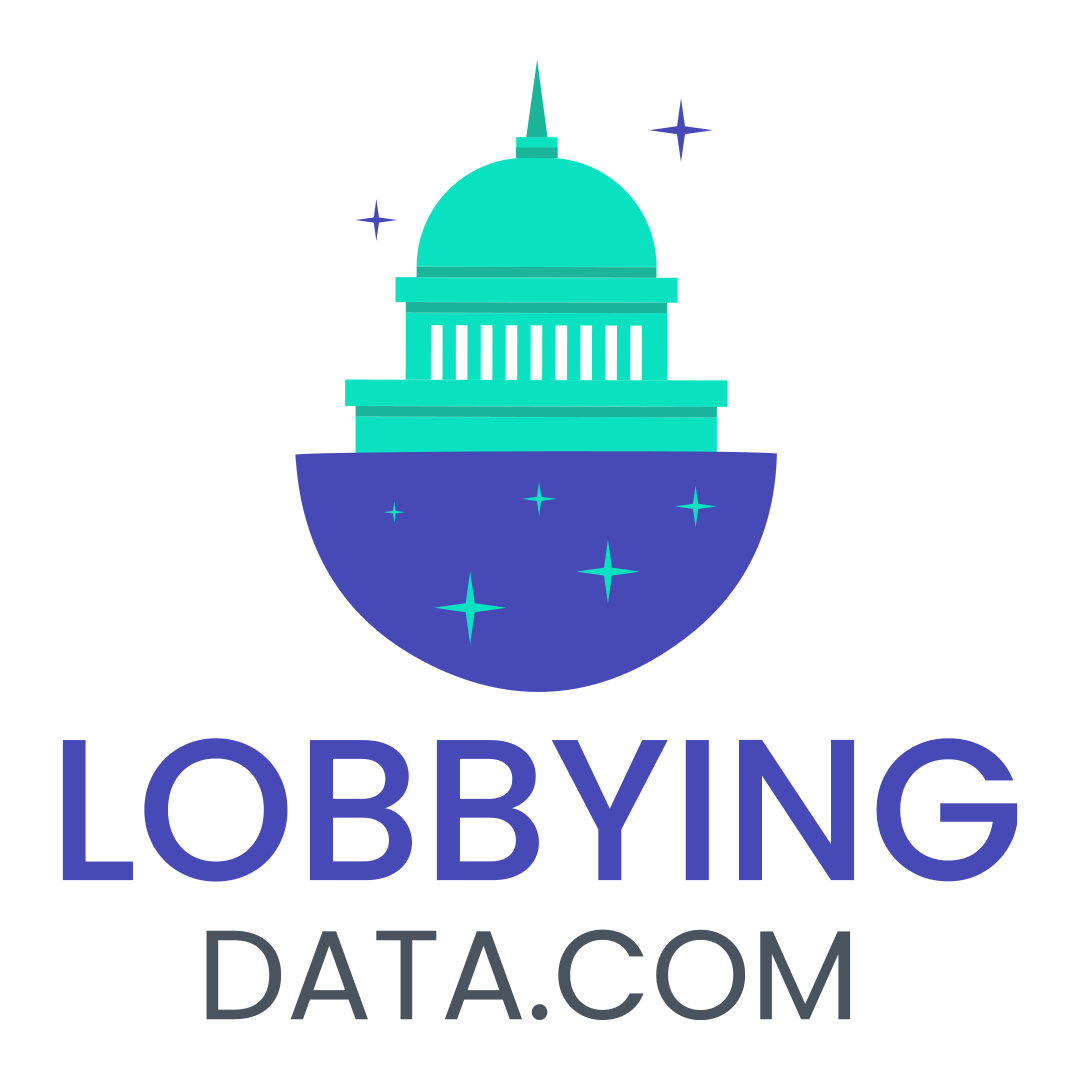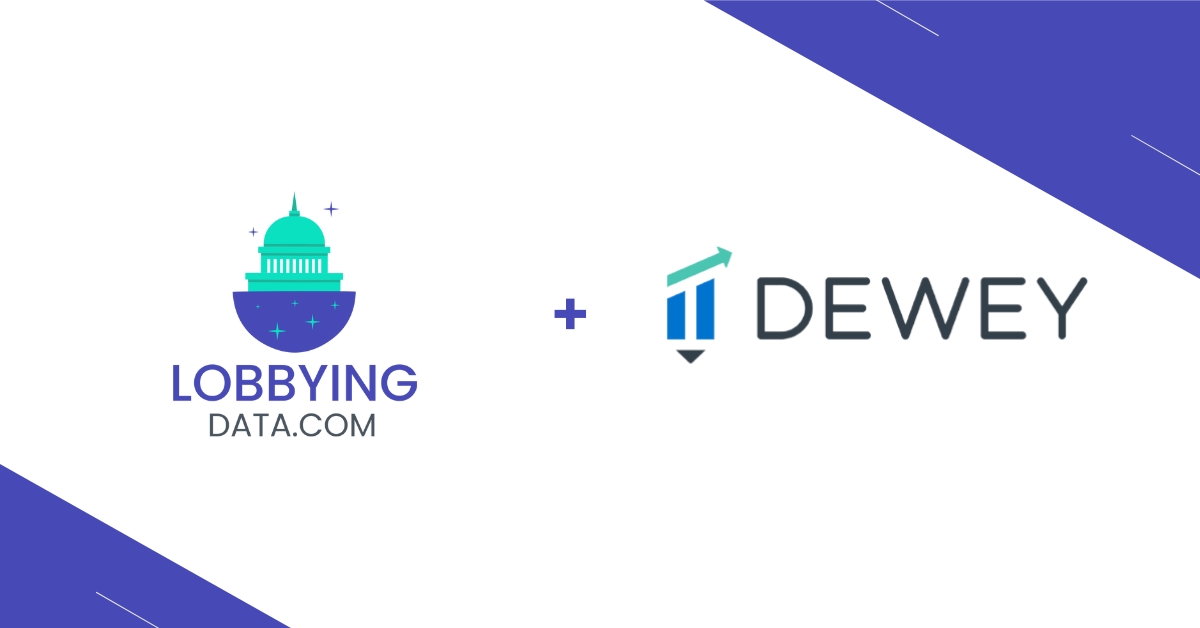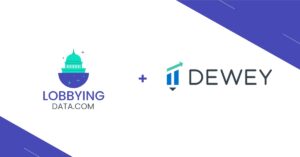Advocacy data plays a crucial role in the political process. It is the backbone of lobbying and advocacy campaigns that shape public policy. In recent years, advocacy data has evolved from simple spreadsheets and contact lists to more sophisticated tools that allow organizations to capture, analyze, and harness data to drive policy change. This article explores the role of advocacy data in legislative decision-making and the evolution of advocacy data in political advocacy.
The Role of Advocacy Data in Legislative Decision-Making
Advocacy data provides valuable insights into the opinions, behaviors, and needs of constituents. This information is critical for legislators to make informed decisions that reflect the interests of their constituents. By analyzing data from surveys, online petitions, social media, and other sources, advocacy organizations can identify key issues, prioritize them, and develop targeted campaigns to influence policymakers.
In addition, advocacy data helps legislators understand the potential impact of proposed policies on their constituents. For example, if a proposed policy would disproportionately affect a specific demographic or region, advocacy data can help legislators understand the implications and make adjustments to ensure that the policy is equitable and fair.
Overall, advocacy data empowers legislators to make more informed decisions and ensures that policy reflects the needs and interests of their constituents.
The Evolution of Advocacy Data in Political Advocacy
Advocacy data has come a long way since the days of simple spreadsheets and contact lists. Today, organizations have access to sophisticated data tools that allow them to capture, analyze, and harness data to drive policy change.
One of the most significant advancements in advocacy data is the use of machine learning algorithms to identify patterns and trends in data. For example, organizations can use machine learning to analyze social media data to identify key influencers, sentiment, and emerging trends. This information can then be used to develop targeted campaigns that resonate with key stakeholders.
Another innovation in advocacy data is the use of visualization tools to communicate complex data in easy-to-understand formats. For example, organizations can use data visualization tools to create interactive maps that show the impact of proposed policies on different regions.
Overall, the evolution of advocacy data has made it easier for organizations to capture, analyze, and harness data to drive policy change. As technology continues to advance, we can expect to see even more innovative uses of advocacy data in the future.
Advocacy data is an essential tool for organizations that seek to shape public policy. By providing valuable insights into the needs and interests of constituents, advocacy data empowers legislators to make more informed decisions that reflect the interests of their constituents. As advocacy data continues to evolve, we can expect to see even more innovative uses of data in the political process.







